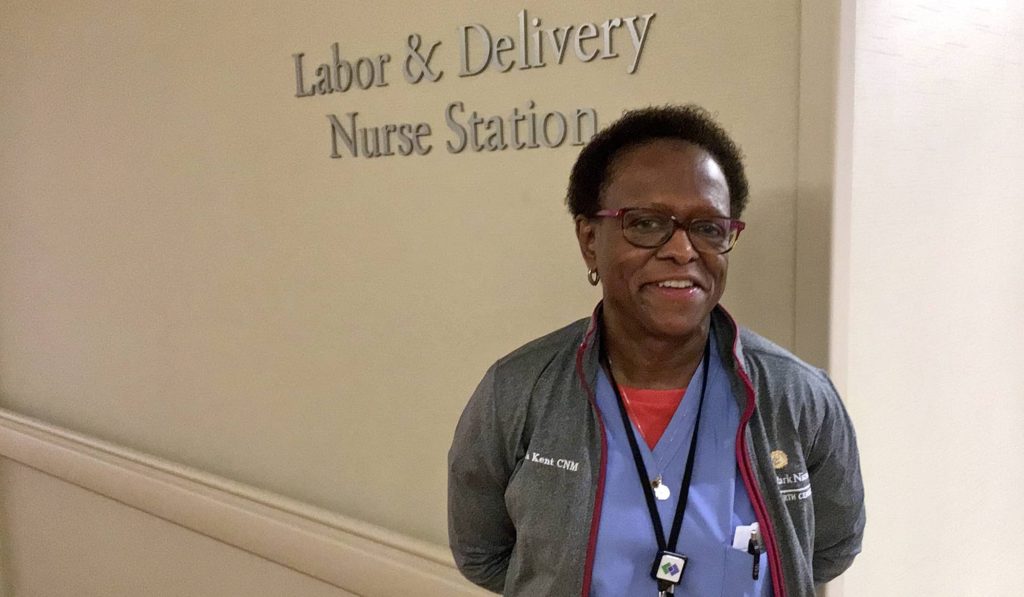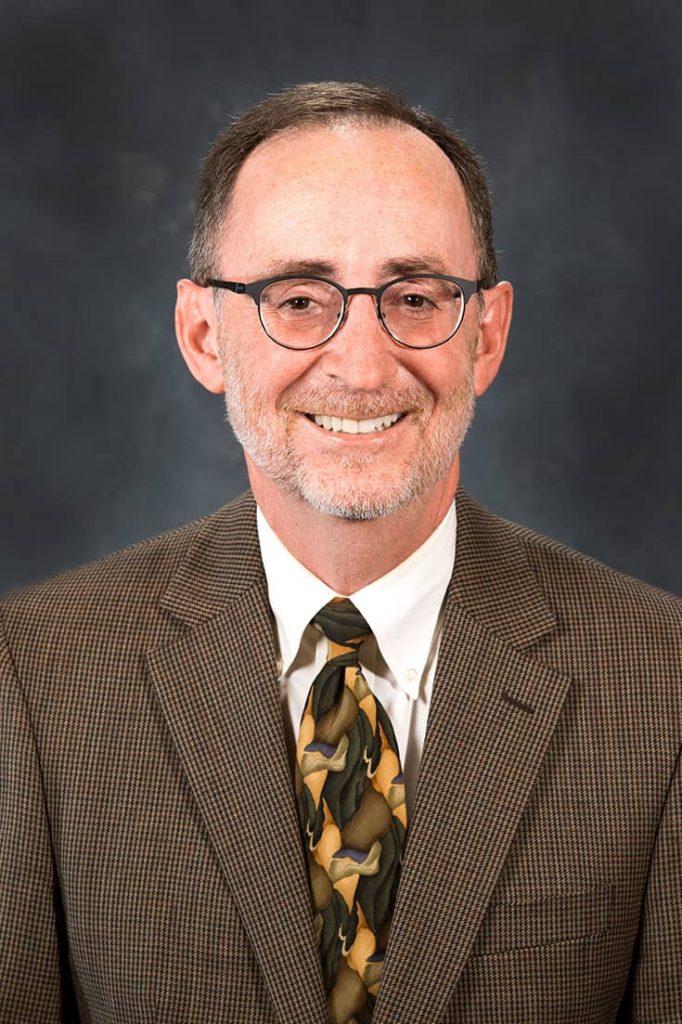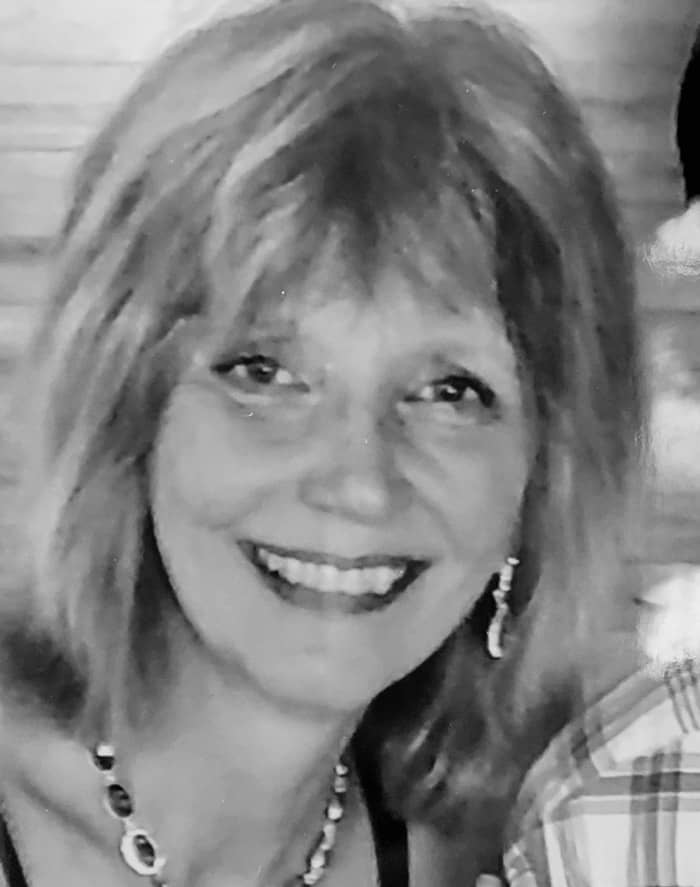NWC medical professionals reflect on year of COVID’s impact on healthcare
COVID. It’s a word many of us would like to erase from our vocabulary. Its sheer presence turned our nation on its head, precipitated widespread grief, and, for those people in the medical profession, it caused extraordinary challenges.
The Northwest Conference is home to many healthcare workers who fulfilled their call to care for patients amidst this overwhelming season. In this story, we’re focusing on three of them.
Vida Kent is an active member and elder of Sanctuary Covenant Church in Minneapolis and has been a midwife at Park Nicollet for 20 years. Both David Warner, MD, and Lynne Reichmann, RN, attend Salem Road Covenant Church in Rochester, MN. Warner is an anesthesiologist at Mayo Clinic. He does clinical work, research and leads some of the educational programs at Mayo. He’s also an associate dean at the clinic’s medical school and is secretary of the American Board of Anesthesiology. Reichmann is a clinic nurse at the urology department at Mayo Clinic.
In their roles, each medical professional experienced the learning process that took place during two distinct surges of COVID-19. The first came in the spring of 2020, followed by a much larger one in the fall.
First Wave
“Where we are now compared to in March are two very different things,” Reichmann said.
Early in the pandemic, when faced with this novel virus, the medical system lacked knowledge of its transmission and desperately sought the research needed. However, health care workers did their best to triage the number of COVID patients needing care.

“When the state began shutting down, it was scary because we didn’t know what to do or how to manage keeping our patients and us safe,” Kent said.
She remembers receiving new emails from her employer regarding protocol seemingly every hour as more research and information flooded in.
On March 23, 2020, Minnesota Gov. Tim Walz suspended all elective surgeries and procedures in the state. This executive order was incredibly disruptive to the medical system. The abrupt pause caused many nurses and anesthesiologists to be furloughed. Then, as fear of the virus began to take root, Kent noticed a large drop in the number of people coming to the hospital for routine appointments.
“Financially it put a strain on the OB GYN department [where I work] because patients weren’t coming in for their yearly physicals, or anything. Clinic schedules were low.”
As a result, Kent’s salary was slashed by 30 percent. Most hospitals also shifted to offering more remote visits for routine care. Reichmann was put on a COVID hotline team that received countless calls coming into Mayo Clinic.
Thankfully, there was a silver lining to the approximately seven-week disruption.

“The shutdown gave us the time we needed to plan and prepare so that when another and, in fact, a much larger surge came in November, we were ready,” Warner said.
Hospitals used the season to plan, stockpile protective equipment and prepare for another potential wave of the virus. By taking the time to think through possible scenarios and to put plans and contingencies in place, hospitals were better able to cope with the later large influx of COVID patients needing medical care.
While some people are bound to wonder if the executive order was worth it, Warner explains that it gave Minnesota time to prepare.
“The reason we didn’t look like New York and New Jersey did in March and April was because we had a head start. If we had the spike in cases in the spring that we had in October and November, it would have been a disaster,” Warner said. “The sacrifices that folks and churches made really was worth it.”
He says it allowed the healthcare system to be ready to face its storm.
The November Surge
Although hospitals were better prepared to care for COVID patients in the fall, the strain on individual health care workers is evident.
“I truly think people working on the frontlines are incredible people,” Reichmann said. “They work double shifts, put in countless overtime hours and are often unable to go home. That kind of workload burns people out and makes them more susceptible to getting sick.”
While those on the first line of COVID experience the primary impact and strain of the situation, it complicates other elements of the healthcare system as well.

Reichmann has seen what happens when the pandemic hits a staff. She contracted COVID from a coworker and, thankfully, was able to manage her care at home. Reichmann works with a team of 30-35 nurses and when she was quarantined and recovering from COVID, three other nurses were also home sick.
“When we’re short on nurses, we need to figure out how to pick up the pieces. It’s mentally and emotionally draining,” Reichmann said.
Kent’s role as a midwife has been impacted tremendously as well. When the surge began this fall, many women who came to the hospital, in labor, were positive for COVID.
“We have to put on a lot of PPE in order to provide care for them and that’s not what midwifery is,” Kent explained. “Midwifery is hands-on, staying connected, talking and massaging in order to help our moms who are in labor.”
But, for COVID-positive moms, the staff is required to wear two gowns, two face masks, two pairs of gloves and goggles. And, the woman has to wear a mask while in labor.
“It changes the entire dynamic of care,” she said.
Looking Ahead
Since December 2020, there has been a downward trend in positive COVID cases, but there’s always a chance of another surge. Many medical professionals are encouraged by the approval of a vaccine.
“Eventually, vaccinations are what’s going to help us get through this,” Warner said.
When COVID first hit, Kent spent a lot of time in the Word and in prayer.
“First, I thanked God for people working directly with COVID patients and my next prayer was for a vaccine. When news came out that it was actually happening, I wept,” Kent said.
She considers the vaccine a step in the right direction.
“The only way we’re going to eradicate this is through herd immunity, and immunity comes through immunizations,” she said.
Albeit difficult, Warner is hopeful that important lessons were learned this year.
“Hopefully we can use what we learned to make medical care better in the future as well as just be better prepared for the next time this happens, because the potential for something like this is always out there,” he said.
The same is true of our churches. This challenging time has sparked creativity as congregations find new ways to serve, worship and pursue community.
“This was a good opportunity to learn that there are lots of different ways we can be in church, and that we can have an effective ministry even when we can’t be together,” Warner said.
However, the medical profession is aware that not being able to gather together is also taking a toll.
“For anyone isolated or with mental health issues, this is an extremely hard time. People are lonely and scared. We need human connection,” Reichmann said. “In our house, we believe in science, absolutely, but there’s another component that people are losing and that is the social aspect.”
She encourages people to find that needed connection with others. Even with social distancing measures in place, it’s imperative to not forget this element of care.
“I always encourage people in our congregation to do virtual things with other people in the church and to remind each other that we’re not alone; you’re not doing this by yourself,” Kent said.
Story By Katie Honnette, freelance writer and member of Trimont Covenant Church.